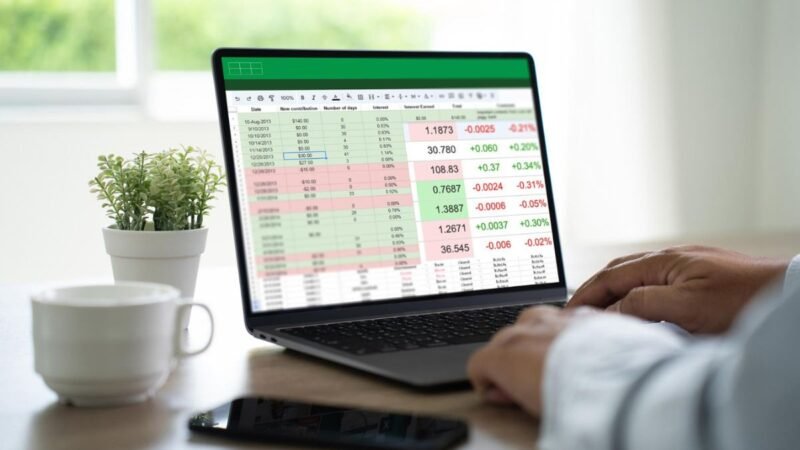Social Selling In 10 Steps

How does building social sales structures work in practice?
Social Selling : B2B businesses differ from each other – one company employs three salespeople, the other 300 salespeople. For the purposes of this model, however, let’s assume that the company employs 20 people in the sales department, serves the Polish and foreign markets, and has several product lines. A typical B2B scenario would look like this:
Step 1.
I would recommend starting community building with 2-3 well-matched people. It is important not to start with one employee because, thanks to this, we have an internal benchmark. If one person stops working smoothly in a project, we can see what is happening and analyze why it happened. Was it the industry wrongly chosen, was the community not working, was the product too difficult, or was that person just not getting what they committed to? Therefore, we start by selecting traders who are open to new sales tools. Suppose we get to know a salesperson who is booming thanks to, e.g. recommendations, relationships and is convinced of the effectiveness of his methods. In that case, it will probably be difficult for him to change his habits. There is also no proper motivation. So let’s look for people.
Step 2.
Let’s look for people who have expert knowledge. They do not have to be the best specialists in the world in a given field, but it is enough for them to know a specific issue much better than the target customer, which is usually a standard in the case of B2B.
Step 3.
The third important feature of a participant in a social selling program – we need consistency, i.e. regularity. We get to know the results of the program after a few months. First, you need to build an expert image and develop the community. This is not a marketing campaign that we can quickly implement and evaluate. I like to compare social selling programs to sports – you have to exercise every day to run a marathon in six months.
Step 4.
Having the right team, we move on to defining the list of key customers we want to reach. Let our goal be to open sales talks with ten companies within six months.
Step 5.
Next, we identify people with whom we would like to establish relationships in selected companies. In establishing contacts, we do not limit ourselves to the “buyer” but identify everyone who may influence purchasing decisions.
Step 6.
Once we have a social selling team and defined customers, we decide on the channel. Let’s start with digital media that gives us the lowest cost to reach. We check whether the representatives of potential contractors are, e.g. active on LinkedIn. Suppose we find the right contacts on this social network.
Step 7.
In the next step, we have to build the salesperson’s position as an expert by defining the topics of his conversations with clients. What is the most important for them, going beyond the schematic answer that “price”, of course. What challenges are their industries facing? For example, if we intend to reach out to traditional retail companies, they may struggle to implement e-commerce processes. Let us advise them on how to build this solution effectively. How to use our product? What will he change? Let’s talk about an opportunity; let’s become experts in business development opportunities or solve serious problems a given industry faces. An example of this may be, for example, new legal regulations and additional fees – how to avoid them, how to find a way to meet the established standards ethically.
Step 8.
When we are seen as experts, we develop the community and build the right relationships. Importantly, B2B is not about reach but about engaging the right people.
Step 9.
Once we have built the community, let’s move on to initiating the sale. And here, a good idea that Professor Lemmens tells us is entrepreneurial sales, based on co-creating solutions. Let’s consider whether we can invite our community to create certain solutions, thanks to which they will achieve their goals.
Step 10.
Finally, let’s talk about KPIs. Let’s put sales targets on our model. Let’s assume that we want to lead to 2-3 sales or advanced sales talks in the pilot project. Somewhere in the middle of its development, let’s assume building a community, reaching the right companies, and even earlier – building an expert position for 2-3 people we have engaged in this project. All these goals are measurable, e.g. the position of an expert can be verified by the nature of customer inquiries. If our specialist receives e-mails in which he is asked for help in solving the problem, we have achieved success at this stage. Similarly, you can check the quality of our community. If people contact the trader to speak at a conference or comment on an industry report, this is a very good sign. So if we have a community and it is co-created by the right customers, then we are already close to the main KPI: sales. I emphasize once again that the goal of social selling is sales, so let’s cut out all the KPIs related to marketing.
If the project works and the KPIs confirm it, scaling remains. If we initially engaged three traders, and ultimately we want to use twenty or thirty, then add another two or three, wait six months and look at the effects. And so on. Clayton Christensen once said something that might prove useful in thinking about social selling: “Let’s be impatient with revenues and patient with costs.”
Also Read : 7 Tips to Make Google Meet Easy to Use


